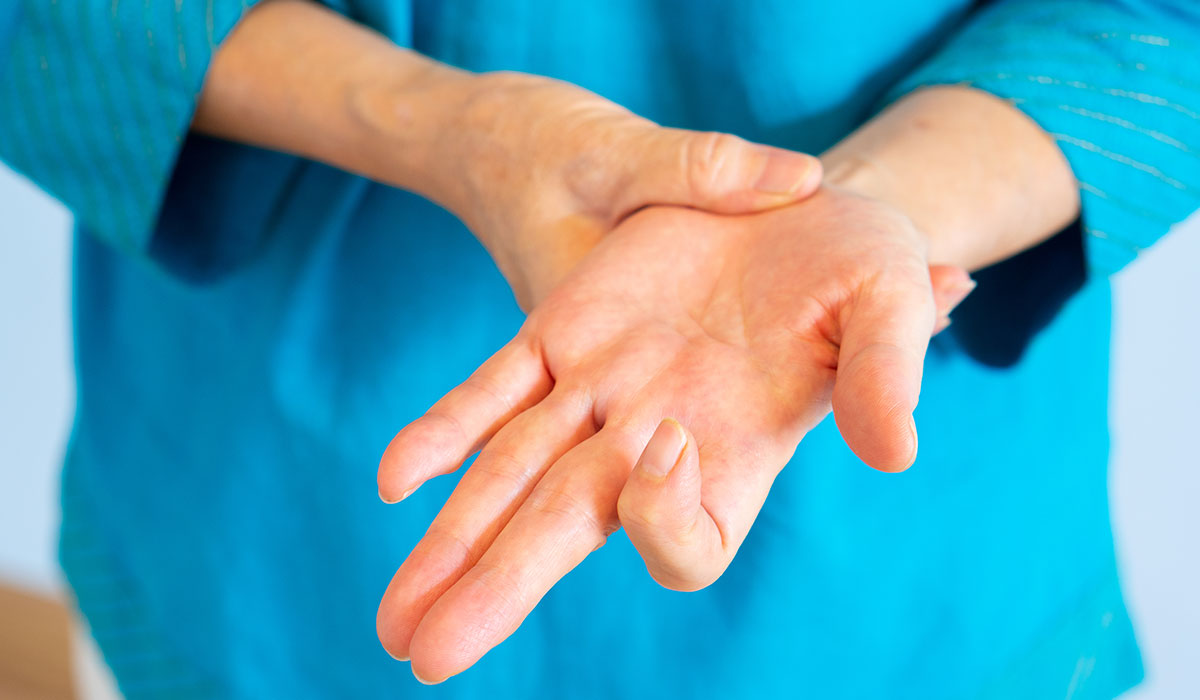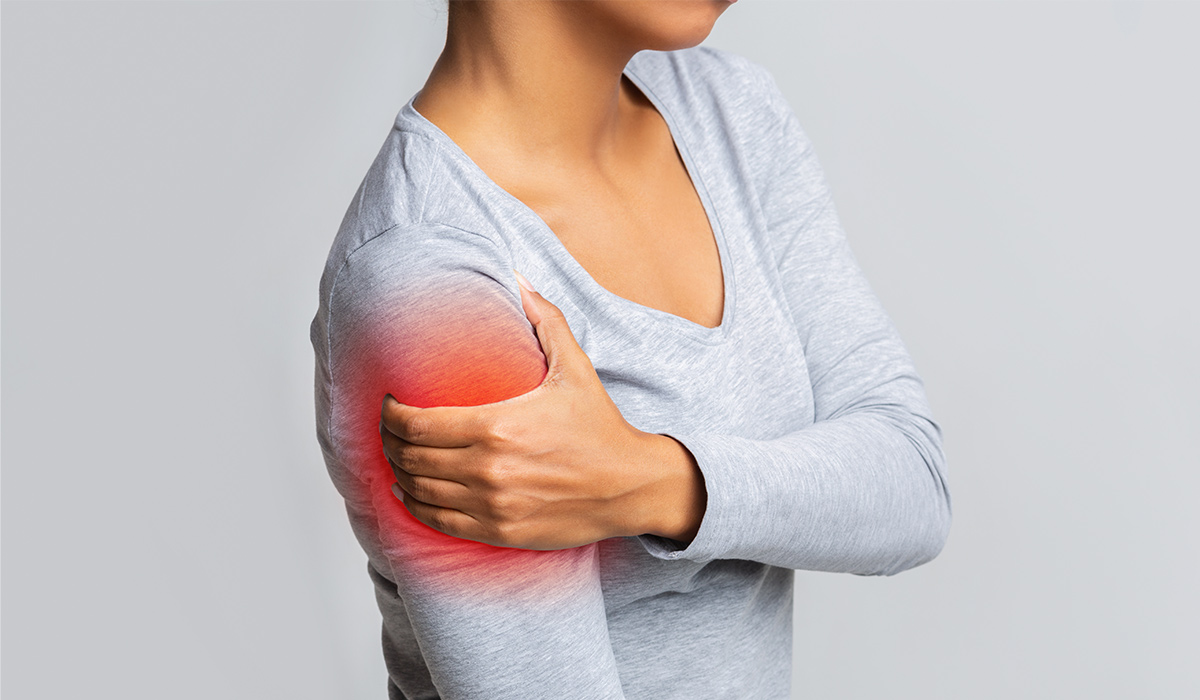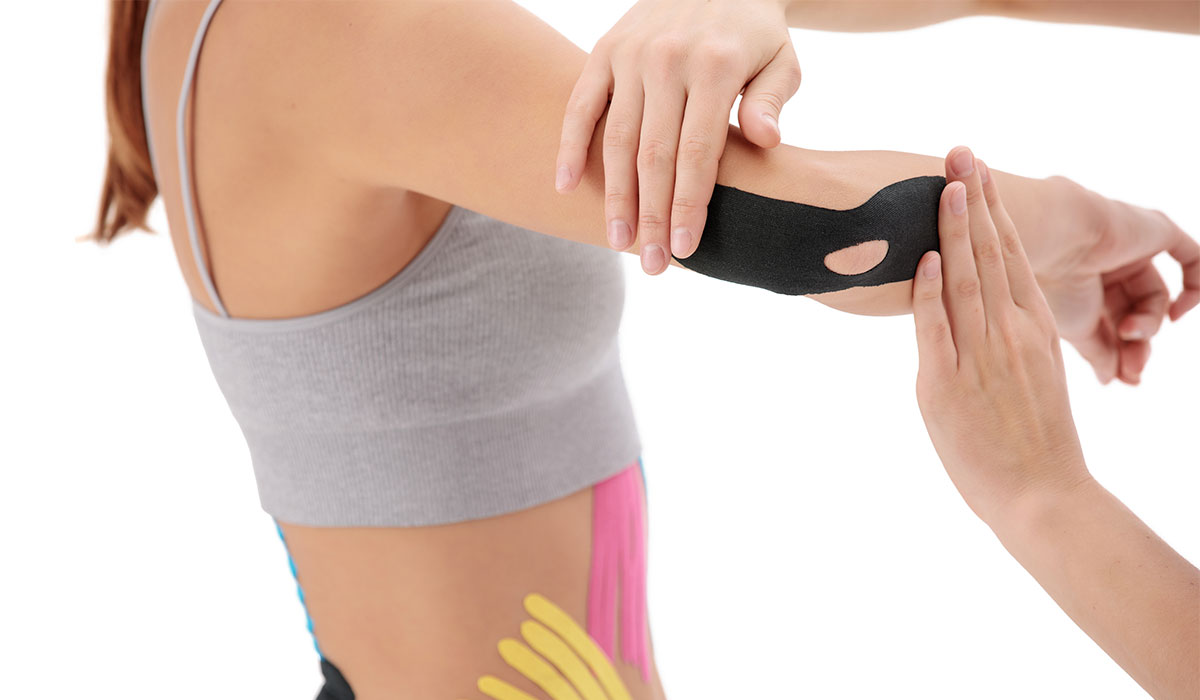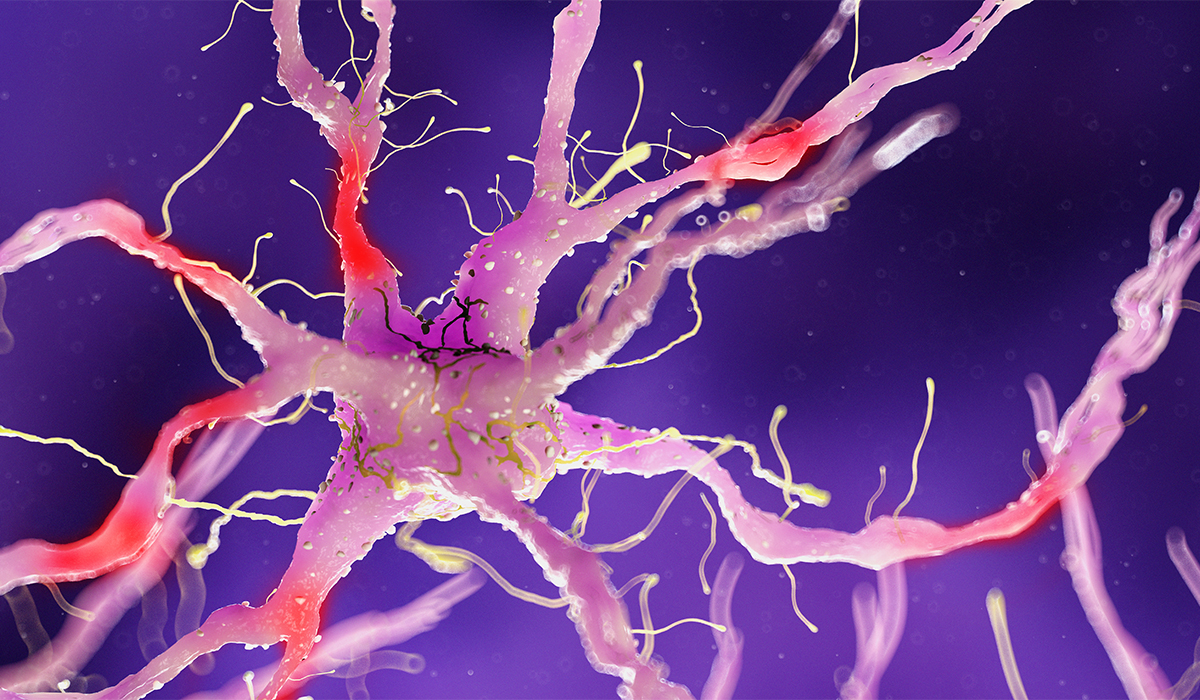Carpal tunnel syndrome emerges when the wrist and hand are strained due to constriction of the median nerve in the carpal tunnel. This tunnel, consisting of wrist bones and ligaments, also houses tendons and the median nerve. Unrestrained pressure in this sector can disrupt the nerve's workings, resulting in discomfort, tingling sensations, dwindled sensation, and diminished grip in the hand and fingers.
Repetitive actions or drawn-out wrist positions are ordinary causes of carpal tunnel syndrome, customarily witnessed in occupations involving frequent hand movements or vibrating tools. Certain health indispositions, such as rheumatoid arthritis, diabetes, or thyroid gland abnormalities, can also heighten the jeopardy of developing carpal tunnel syndrome.
Carpal tunnel syndrome affects many entities, believed to be around 3-6% of the total population. The rhythm of emergence can vary due to various elements such as age, gender, type of job, and extra health conditions. Studies suggest that carpal tunnel syndrome affects women more than men![]() , with the ratio sometimes being up to three times larger in women. The variation between the sexes could be due to specific wrist organic compositions and the role of hormones in women, which is not the same as in men.
, with the ratio sometimes being up to three times larger in women. The variation between the sexes could be due to specific wrist organic compositions and the role of hormones in women, which is not the same as in men.
As persons age, majorly after age 50, the number of individuals affected by carpal tunnel syndrome heightens. This affliction can be due to the wrist wearing down and ample usage over many years, causing compromise to tendons and other components within a zone tagged as the carpal tunnel. Specific jobs involving repetitive hand movements or maintaining bent wrists over long periods, such as assembly line work, computer data entry, or hair cutting, may elevate the danger of obtaining carpal tunnel syndrome.
On that note, citizens with certain medical conditions such as diabetes, arthritis in the hands, or who are overweight may be more vulnerable to getting carpal tunnel syndrome. These health dilemmas can boost the possibility of nerve compression and inflammation that intensify the symptoms linked to this problem.
At last, when a woman is pregnant, she may have an escalated possibility of experiencing carpal tunnel syndrome. It eventuates because her organism's hormones adjust and retain more liquid, creating extra strain on the nerve at the wrist's center.

Carpal tunnel syndrome can surface because of multifaceted elements, encompassing the organism's structure, the variant of work performed, and extra health conditions. It customarily surfaces when the median nerve is compressed, traveling through the wrist's carpal tunnel. Compression can eventuate when miscellaneous circumstances or activities boost the pressure within the tunnel, leading to discomfort or damage to the nerve.
Repeating the same operations with your hands or wrists, such as typing, using vibrating tools, or operating on an assembly line, often ends up in tendons and other components within the wrist's tight channel becoming worn out and inflamed. When the wrist is bent too much forward or backward for a long period, it can press tougher on the nerve that runs through the center of this sector, causing swelling to push against it.
On that note, entities with smaller zones in their carpal tunnels or unique wrist peculiarities may be more in jeopardy of nerve compression. When a person experiences dilemmas with their wrist bones or has joint swelling, it can plummet the carpal tunnel's size and dam up the median nerve's road, potentially causing symptoms.
In addition, if a person suffers from health indispositions such as diabetes, joint arthritis![]() , or thyroid gland problems, they can witness more potent swelling and pressure on the nerves in their wrist. This condition can worsen carpal tunnel syndrome because of this extra compression of the nerves.
, or thyroid gland problems, they can witness more potent swelling and pressure on the nerves in their wrist. This condition can worsen carpal tunnel syndrome because of this extra compression of the nerves.
During pregnancy or menopause, a female's hormone levels fluctuate. This variable can lead to her organism retaining bonus water and boosting pressure in the zone known as the carpal tunnel, potentially leading to symptoms associated with carpal tunnel syndrome.

Evidence of carpal tunnel syndrome customarily surfaces in the hand and wrist zones. It occurs majorly when the median nerve gets pressed inside the carpal tunnel. Traditionally, you feel pain and feel like tiny needles are pricking, along with loss of sensation and less power in your hand and fingers, which is not a good sign. These symptoms ordinarily manifest step-by-step but can get worse when the wrist or hand keeps being exploited in methods that make the nerve compression more drastic.
Entities with carpal tunnel syndrome may feel pain or peculiar sensations in their wrists, palms, or fingers. The rank of this pain can change from not so bad to very potent. It may travel upwards along the arm or downwards to the fingers, and pain spikes up when repeating acts with their hands or keeping their wrists bent for a long time.
When someone has carpal tunnel syndrome, they usually feel a tingling or, like many small pins, are pricking them. This feeling is known as paresthesia, majorly in the thumb, index finger, and middle finger. It may also touch part of the ring finger. It can come and vanish or persist for all day. Doing things that push on the median nerve can routinely make a person feel less in their affected fingers.
When carpal tunnel syndrome degrades, a person may witness that their hands and fingers do not have the same strength or skill to move well as they did in the past. Doing acts that need careful control of the hands or stronghold, like fastening buttons on clothing, using eating utensils correctly, or writing clearly with a pen, can become problematic. Under unfavorable conditions, the muscles in the thumb can become smaller and weaker, making it daunting to move them precisely.
People with carpal tunnel syndrome ordinarily feel more pain in their hands at night, which can make sleeping an arduous task. On that note, consecutive wrist movements, like typing or using a computer mouse, can strengthen this pain in the daytime. Also, altering how your hand and wrist move or giving them a gentle rub may reduce the pain for a little while. It helps to hold things differently with your hand, too.
A medical professional often thoroughly checks to determine whether a person has carpal tunnel syndrome. They review the patient's health history, examine the body, and sometimes use special tests to assess how well nerves function. This diagnostic technique aims to identify common indicators of carpal tunnel syndrome and rule out other potential causes of hand or wrist issues.
The healthcare provider will inquire about the individual's symptoms during the medical history collection. They will want to know where there is pain, how severe this pain feels, and how long there has been a sensation of tingling, numbness, or lack of strength in their hand and fingers. They may wish to understand if the work or activities involve lots of hand movements again and again or keep the wrists bent for many hours. The conversation might include discussing health problems or other stuff that could squeeze nerves.
Usually, when physicians examine the body, they conduct tests to assess nerve function. Take Tinel's sign test, for instance; gently tapping on the median nerve at your wrist might cause a tingling sensation in your fingers, indicating a potential issue. To perform Phalen's test, one must bend the wrist and hold this position for up to 60 seconds to check if signs of carpal tunnel syndrome reappear.
Doctors often recommend more tests to confirm the diagnosis or determine the severity of nerve compression. Nerve conduction studies and electromyography![]() are commonly performed to assess nerve function and locate potential areas of squeezing or injury. These tests evaluate the speed and strength of electrical impulses as they travel through the median nerve and its branches.
are commonly performed to assess nerve function and locate potential areas of squeezing or injury. These tests evaluate the speed and strength of electrical impulses as they travel through the median nerve and its branches.
Doctors could use imaging techniques such as ultrasound or MRI to observe the interior structures of the wrist and detect any issues or areas of pressure in the carpal tunnel. These examinations help identify other conditions that might mimic carpal tunnel syndrome, including fractures in the wrist bones or joint discomfort due to arthritis.

When we talk about treating carpal tunnel syndrome, the main aims are to reduce pain, decrease inflammation, and prevent further nerve damage. The treatment options depend on how severe the symptoms are and can include easy measures such as wearing a wrist brace or altering daily tasks such as participating in physical therapy; for more intense cases, treatments might involve receiving corticosteroid injections or going through surgery to make more room inside the carpal tunnel.
Doctors often recommend a wrist splint as the first method to immobilize the wrist and reduce pressure on the median nerve during activities that could exacerbate symptoms. Individuals use these splints during sleep or rest periods to maintain straight wrists and prevent excessive bending that might compress the median nerve.
Altering your activities can help reduce the discomfort caused by carpal tunnel syndrome. This involves avoiding aggravating things, such as frequently repeating identical hand movements, maintaining bent wrists for extended periods, or operating vibrating machinery. Making minor adjustments in your workplace and often resting your hands could lessen pain and prevent further damage to the nerve inside your wrist.
A suggestion could be to engage in physical therapy to strengthen and stretch your wrist and hand muscles and tendons. This can improve joint movement and decrease pressure on the median nerve. Activities that enhance the gliding of nerves and tendons may reduce sensations such as tingling or numbness in the hand.
Steroid injections![]() are often administered to reduce inflammation and alleviate pain and numbness in the hand and wrist. Typically, these injections are applied directly into the carpal tunnel region to target inflamed tissue, temporarily relieving discomfort. The effects of corticosteroid injections may last only for a short time, and it might be necessary to get additional shots to control symptoms for an extended period.
are often administered to reduce inflammation and alleviate pain and numbness in the hand and wrist. Typically, these injections are applied directly into the carpal tunnel region to target inflamed tissue, temporarily relieving discomfort. The effects of corticosteroid injections may last only for a short time, and it might be necessary to get additional shots to control symptoms for an extended period.
If other remedies are not sufficiently effective or if the symptoms persist, physicians may consider the option of surgical intervention. The surgical procedure for carpal tunnel syndrome involves the surgeon slicing through the ligament overlying the carpal tunnel to reduce compression on the median nerve. This procedure can be performed through regular open surgery or by using methods that are not as invasive, and it is usually effective in lessening symptoms and improving the function of the hand.

The forecast for an individual with carpal tunnel syndrome fluctuates depending on the potency of their symptoms, the fruitlessness of treatment obtained, and personal features such as age and overall health rank. Ordinarily, if the indisposition is diagnosed soon and duly treatment is administered, patients experience a notable improvement in their symptoms and hand function.
Basic solutions such as utilizing wrist support, modifying tasks, and participating in exercise therapy can customarily augment minor to moderate symptoms of carpal tunnel syndrome. These tactics avoid surgery and can reduce pain and tingling in the hand and wrist sectors while upgrading hand movement and enhancing life.
If someone deals with more potent or notorious symptoms, they may require corticosteroid injections or an operation to boost their condition. These steroid injections can temporarily reduce inflammation and discomfort in the hand and wrist; however, this effect may not be permanent so that consecutive injections can become necessary for continuous symptom management.
Medical staff sometimes recommend surgery to release the carpal tunnel when prior treatments are ineffective or when strong pressure on the nerves severely hampers hand usage. Undergoing this surgical procedure often considerably lessens symptoms such as pain, tingling sensations, and numbness, resulting in a substantial enhancement of hand function for most patients post-operation.
Table of Contents

Trigger finger is a condition that impairs daily functioning. The effectiveness of treatment depends on the severity of the symptoms.… read more »

Tennis elbow is a syndrome of the lateral epicondyle of the humerus. It is characterized by pain in the elbow… read more »

Nerve is a bundle of fibers made up of neurons that transmit sensory and motor information between different body parts… read more »

There are many factors to consider while trying to find the reason for the right arm and shoulder pain. Even… read more »

The main symptom of golfer's elbow is severe pain in the elbow area. Find out how to get rid of… read more »

A muscle is a specialized tissue that has the ability to contract, producing movement or generating force. They come in… read more »

Nerve damage, also known as neuropathy, could be a condition that influences the body's nervous framework. The nervous framework is a… read more »

The main symptom of Morton's neuroma is pain in the foot. Find out what causes the discomfort. Learn about treatment… read more »

Neuropathy is a disease that influences nerves. Learn what are the symptoms and causes of neuropathy. Check out how it… read more »